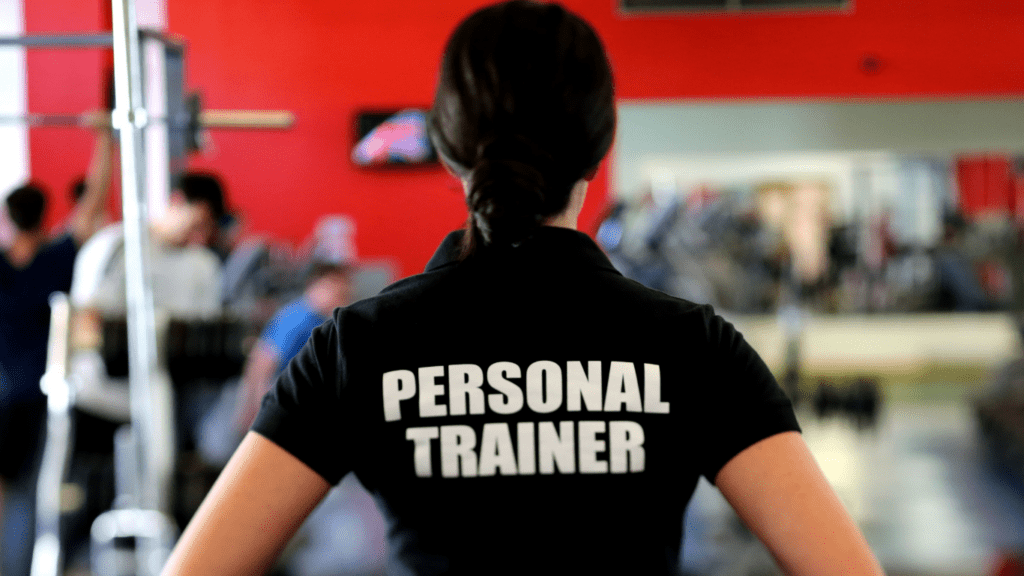Altitude simulation training has gained traction in recent years, especially among athletes and fitness enthusiasts. As I dive into this intriguing topic, I can’t help but wonder how mimicking high-altitude conditions can enhance performance and endurance.
With the promise of improved oxygen efficiency and increased red blood cell production, many are eager to explore its potential benefits. However, it’s not all sunshine and rainbows. There are drawbacks too, such as the risk of altitude sickness and the necessity for proper acclimatization.
New studies are constantly emerging, shedding light on both the pros and cons of this training method. Join me as I explore the latest research and insights, helping you navigate the complexities of altitude simulation training and decide if it’s right for you.
Overview of Altitude Simulation Training
Altitude simulation training mimics high-altitude environments to improve athletic performance and fitness. This training method often utilizes devices like altitude tents or hypoxic chambers, which reduce the oxygen levels athletes are exposed to while training.
The primary goal of altitude simulation training is to enhance the body’s ability to utilize oxygen effectively. Increased exposure to lower oxygen levels stimulates the production of erythropoietin (EPO), leading to heightened red blood cell production. Higher red blood cell counts improve oxygen transport and overall endurance during physical activities.
Pros of Altitude Simulation Training
Altitude simulation training offers various advantages that can enhance performance and health. By creating an environment similar to high altitudes, this training method can lead to significant improvements for athletes and fitness enthusiasts.
Benefits for Athletes
- Improved Endurance: Altitude training boosts oxygen efficiency, allowing athletes to sustain higher levels of exertion for longer periods. Various studies show that endurance athletes, particularly runners and cyclists, demonstrate enhanced performance after altitude acclimatization.
- Increased Red Blood Cell Production: Exposure to lower oxygen levels triggers the body to produce more erythropoietin (EPO), which in turn stimulates red blood cell production. Higher red blood cell counts improve oxygen transport throughout the body, enhancing overall athletic performance.
- Faster Recovery: Training at simulated altitudes can improve metabolic adaptations and recovery times. Athletes experience reduced muscle soreness, allowing them to train harder and more frequently without excessive fatigue.
- Mental Toughness: Training in challenging environments fosters mental resilience. Athletes accustomed to altitude conditions often develop a stronger mindset, improving their competitive performance during critical situations.
Health Advantages
- Improved Breathing Efficiency: Regular altitude simulation increases lung capacity and respiratory efficiency. Athletes might find that they breathe more easily, reducing fatigue during intense workouts.
- Enhanced Cardiovascular Health: Increased red blood cell production and improved endurance contribute to better cardiovascular health. Regular altitude training helps lower blood pressure and improves heart function over time.
- Adaptation to Different Conditions: Training at altitude prepares athletes for competitions held in higher elevations. The body adapts to low oxygen environments, minimizing performance declines during actual events.
- Potential Weight Management: Some studies suggest altitude training may enhance metabolism, promoting fat burning. This effect can aid athletes in managing their weight effectively while maintaining muscle mass.
Cons of Altitude Simulation Training
Altitude simulation training carries drawbacks that athletes should consider. These include potential risks and limitations in effectiveness that can impact training outcomes.
Potential Risks
Altitude simulation training poses several risks, particularly concerning altitude sickness. Symptoms such as headaches, dizziness, and sleep disturbances can occur, especially for those unaccustomed to lower oxygen levels.
Hypoxia, a state of insufficient oxygen, can lead to impaired physical performance and cognitive function. Monitoring individual responses to training is crucial, as susceptibility to these symptoms varies among athletes. Overexertion during training can exacerbate risks, emphasizing the need for gradual acclimatization and appropriate intensity management.
Limitations in Effectiveness
Research indicates that altitude simulation training might not deliver uniform results for all athletes. While some experience significant gains in performance, others may encounter minimal improvements.
Factors including genetic predisposition, baseline fitness levels, and the specific training protocols used play critical roles in determining effectiveness. Furthermore, the duration and intensity of exposure can influence outcomes, making it essential to tailor training regimens to individual needs.
Inconsistent responses to altitude training highlight that it may not be a viable method for everyone aiming to improve athletic performance.
Recent Studies on Altitude Simulation Training
Research on altitude simulation training continues to evolve, revealing both its advantages and limitations. Numerous studies have provided insights that help athletes and coaches make informed decisions about integrating this training into their routines.
Key Findings
- Performance Improvements: A recent meta-analysis found that athletes who engaged in altitude simulation training showed an average performance increase of 3-6% in endurance events compared to those who trained at sea level.
- Oxygen Utilization: Studies demonstrate a significant increase in VO2 max, indicating enhanced oxygen utilization. Athletes practicing at simulated altitudes exhibit improved aerobic capacity over time.
- Red Blood Cell Production: Research indicates a notable rise in hemoglobin concentration among individuals exposed to hypoxic conditions. Increased red blood cells effectively transport oxygen, crucial for peak performance.
- Adaptation Times: Findings emphasize the importance of gradual acclimatization. Athletes benefit most when they allow at least 2-3 weeks of adaptation before competition, maximizing physiological responses.
- Psychological Benefits: Data suggests altitude simulation may enhance mental toughness. Preparing for psychologically challenging training environments leads to improved focus and resilience during competitions.
Implications for Future Training
- Customized Protocols: Coaches should develop personalized protocols based on individual responses to altitude simulation training. Recognizing factors like baseline fitness and genetic predispositions can optimize training effectiveness.
- Incorporating Technology: Integrating advanced monitoring technologies, such as heart rate variability and blood oxygen saturation sensors, aids in assessing individual reactions to hypoxia during training.
- Increased Research Focus: Ongoing studies will likely clarify dosage and timing of altitude exposure, refining recommendations for optimal training windows. Exploring varied hypoxic levels may yield additional insights into athlete performance.
- Enhanced Recovery Strategies: Implementing recovery techniques alongside altitude training, such as hydration and proper nutrition, will help mitigate risks associated with altitude simulation and enhance overall effectiveness.
- Broader Athlete Application: Future studies may expand on the training benefits for non-endurance athletes. Understanding how altitude training impacts strength or skill-based sports could provide valuable information for a wider range of athletes.




